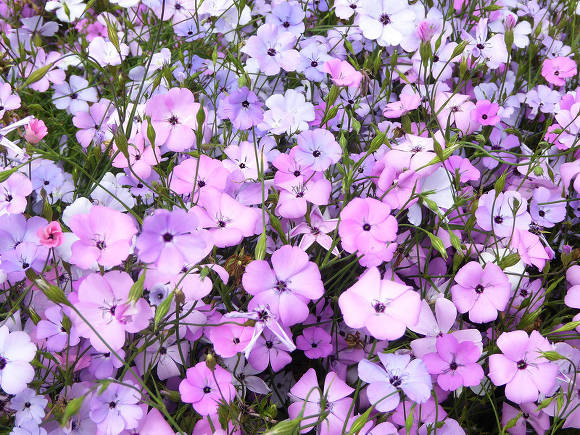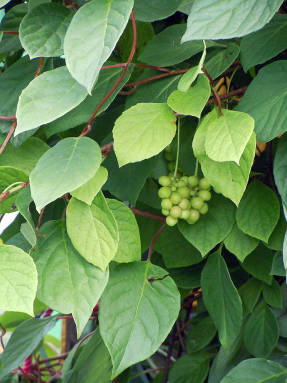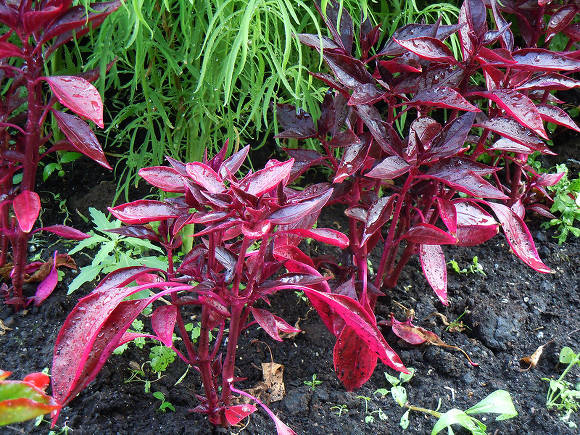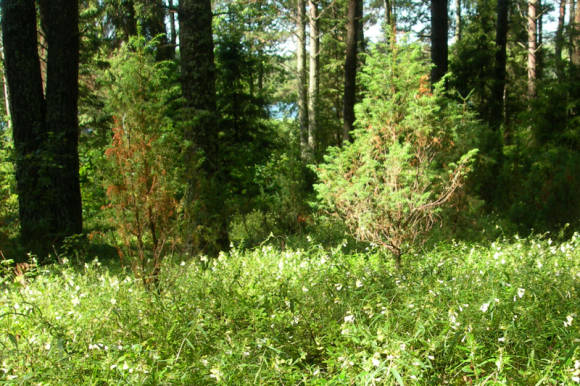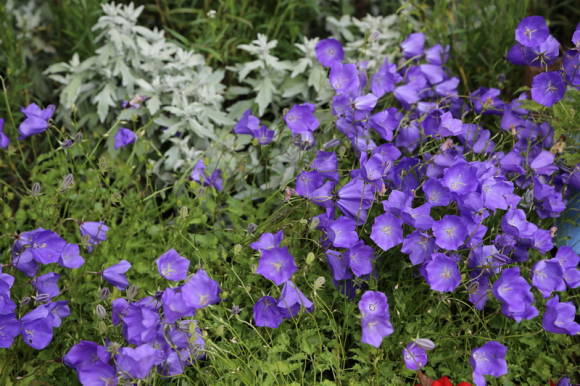
Perennial bells are distinguished by the grace of flowers, the variety of their sizes and shapes, and the brightness of color. Bells are decorative, winter-hardy, resistant to pests and diseases.
Different types of bells vary greatly in size and growing conditions. In flower gardens of amateur gardeners, the most common are the peach-leaved bell, blooming from late June to mid-August with white or blue flowers, and the Carpathian bell.
 |  |
Carpathian bells are up to 35–45 cm high, their stems are thin, branched, and densely leafy. Leaves on plants are elongated, ovoid or cordate. Flowers are solitary, funnel-bell-shaped, directed upward, white or blue of a wide variety of shades. The plant blooms in June - August and later.
The Carpathian bell prefers open sunny areas. It is not picky about the soil, but it grows better on well-cultivated and sufficiently fertilized soils, where the plants form more leaves and can bloom twice a season. They are demanding on the acidity of the soil, grow and develop well on neutral and slightly alkaline and poorly on acidic soils. It is desirable that the area for their cultivation is well-drained, because plants do not tolerate stagnant water during wintering, their roots rot and freeze. They also do not tolerate flooding by spring or rainwater. The soil for their cultivation is prepared in advance, digging it at least to the depth of a shovel bayonet and carefully removing all weeds. In humus-poor soils, add sod soil, humus, peat-based compost, etc. when digging. Fresh manure and peat must not be brought in, because this can cause an outbreak of fungal diseases.
The Carpathian bell does not require special care when growing. In the first half of summer, before flowering, it is necessary to carry out regular weeding and loosening of the soil. The flowering time of plants can be significantly extended if all wilted flowers and dried flower stalks are regularly removed.
 |  |
Bells are usually propagated by sowing seeds in open ground and vegetatively - by dividing the bush, segments of rhizomes, root suckers.
The seeds near the bells quickly lose their germination, so it is better to sow them only fresh in late August - early September or in May. Seed germination is not friendly, most of them emerge next spring, and some - in another year. Seedlings are planted in a permanent place with 4-5 leaves.
Bells are propagated vegetatively in early spring and after flowering. Usually, especially decorative species are propagated in this way.
Bells are used in flower decoration, usually in pure groups, often in combination with peonies, irises, violets. Peach and Carpathian bells are cut for a long time, up to 8-10 days. But before you put them in water, you must remove all the leaves from the bottom of the stem, and split the end of the stem. The Carpathian bell is also very good for decorating rocky slopes and alpine slides.




